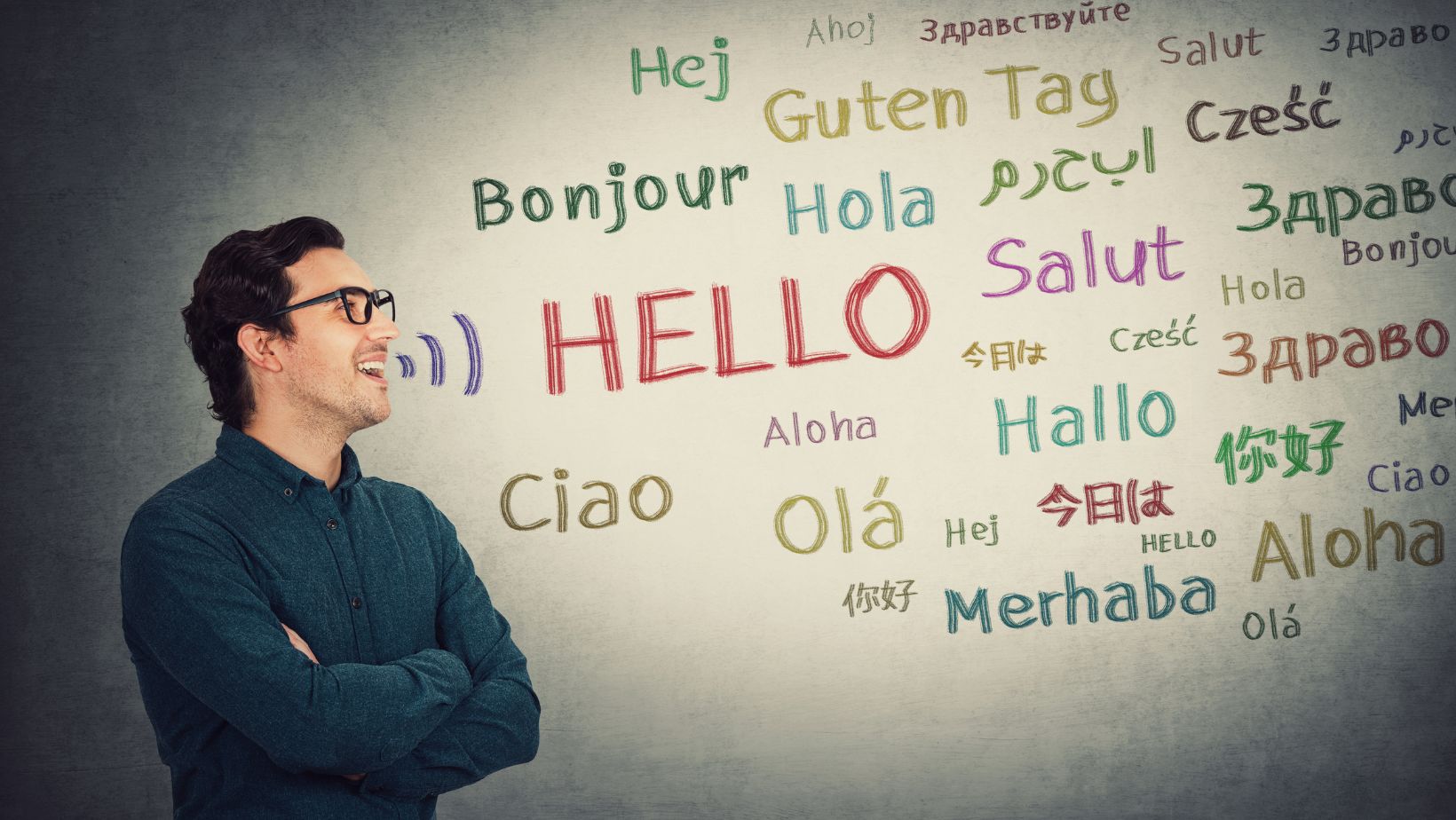Conservation work connects people from many places who speak different languages. Specialists need to share scientific reports, field guides, policy documents, and educational materials. When teams cannot understand each other’s work, projects face delays and confusion. Without clear communication, conservation efforts move much slower, which can hurt local and global projects.
Special terms and important details must be correct in every language. If environmental plans or guides get translated wrong, the message changes or becomes unclear. When teams struggle with translation or make mistakes, important details about wildlife, habitats, or safety can get missed. This can mean less successful work and sometimes even damage to natural spaces.
Why Language Barriers Impede Global Conservation Progress
Biodiversity hotspots, with a rich mix of plants and animals, often match regions with dozens or hundreds of languages. For instance, more than 7,000 languages exist worldwide and over 400 are spoken in the Amazon, where 10% of all known species live. When most key documents and research are only in a handful of global languages, many on-the-ground teams can’t access or apply new policies. A study shows nearly all major conservation policies are written in just five languages, leaving local practitioners at a disadvantage and increasing the risk of errors or delays.
Missed connections and lost details caused by language divides slow or halt conservation progress early. Identifying these gaps points directly to where translation technology and targeted outreach can improve project outcomes.
Key Documentation Lost in Translation
Conservation documents often contain technical terms such as “ecosystem services,” “carbon sequestration,” or “keystone species” that lack direct equivalents in other languages. Translators face the challenge of either choosing imprecise words or providing lengthy explanations, which can distort the original meaning. When specialist terms are not clearly defined, teams using translated material may misunderstand guidance, impacting decisions on fieldwork or policy.

Most essential conservation resources, scientific articles, field protocols, and policy rules, are in PDF format. PDFs restrict copying and editing, so without tools to translate PDF files, staff can waste hours retyping content or struggle with errors in extraction. This slows collaboration because critical updates can’t be quickly shared across languages.
Consistent, accurate translation with the right digital tools is essential for data quality and efficient teamwork. The focus now shifts to the impact of slow or error-prone translation on broader project success.
When Manual Translation Falls Short
Critical moments in conservation, such as controlling sudden disease outbreaks, cannot wait days for document translation. Teams often report that language delays result in weak or late interventions, with research confirming that fast action is often slowed when teams can’t share information efficiently. Pressure to act quickly meets tight budgets, forcing groups to choose between high per-word costs and risking inaccuracy.
Most translators lack environmental science expertise, with fewer than 5% having this background. Problems arise when nuanced terms get mistranslated, confusing the meaning and leading to mistakes. One example is a Brazilian hydrology report that sat untranslated for three months, holding up river health assessments. In Central Asia, a wildlife corridor project was paused for six months as translation lagged between three languages.
These recurring delays show manual translation often limits conservation teams’ ability to act swiftly or coordinate across borders. As a result, more groups now seek digital tools for faster, cost-effective translation, helping bridge the access gap and sustain timely conservation action.
Digital Translation Solutions for Field Researchers
AI-powered translation tools now let conservation teams process materials faster, with fewer errors, and at a lower cost than most human-based services. Many tools process complex science terms more reliably when users build custom glossaries and check results for accuracy. For researchers operating far from connectivity, having robust offline access is essential, since waiting for the internet can block urgent fieldwork. Custom dictionary support helps teams include local species names and technical phrases, which is a frequent challenge in conservation documents. These steps avoid translation mistakes that could mislead fieldwork or reporting.

Each document type calls for its own strategy: field guides need exact species lists and unchanged layouts; outreach handouts should use local reading levels; technical reports require all charts to remain clear after translation. Translating PDFs involves special care to preserve layouts, graphics, and scientific symbols. Using tools that can extract, process, and return the full document, including charts, helps teams reuse materials instantly and share them accurately with partners. Selecting digital solutions with these features directly supports smoother, faster international research efforts..
Cultural Nuances That Affect Conservation Translation
Environmental words rarely map exactly from one language to another. In Sami, more than 300 snow words capture details that help people assess reindeer routes and safe travel, showing how precise vocabulary shapes daily conservation choices. This depth cannot be matched by one-word substitutions. Amazonian languages such as Matsés combine a plant’s look, use, habitat, and role in the ecosystem into a single term, helping speakers pass crucial environmental knowledge efficiently. Missing context strips away practical meaning, leaving translations incomplete.
Cultural beliefs and traditions also shape language. Descriptions about rivers or forests may include spiritual meanings, so respectful translation must keep these layers clear. Overlooking cultural content can cause misunderstandings or disrespect. Translators often work with local speakers, attach photo guides, and annotate how terms are used in context. Teams develop image-based glossaries, which support more accurate translation as new conservation projects expand. Matching both scientific content and cultural value is essential for effective knowledge sharing. Once teams account for these factors, they can select strategies that improve collaboration in cross-border conservation efforts.
Ideal Practices for Multilingual Conservation Projects
Clear and simple writing is the foundation of successful multilingual conservation work. Using short sentences and direct language removes confusion, making it easier and faster to translate guides and reports accurately. Avoiding idioms and location-specific expressions ensures documents stay accessible for teams in new areas and reduces the risk of lost meaning.
Standardizing terms and meanings before drafting long reports helps keep language consistent for everyone. By maintaining a regularly updated glossary, every translator or tool refers to the same set of definitions for scientific and legal language, preventing costly mistakes, especially when communicating about habitats or rare species.
Field glossaries with photos, annotated sketches, or direct examples turn new scientific words into shared knowledge. Having both local experts and community members review these resources quickly identifies errors and adds missing context. Keeping glossaries and guides current as topics evolve makes sure all project partners use terms consistently. Guides designed with practical visuals and locally relevant facts bridge cultural gaps and connect conservation science to what local readers experience day to day.

